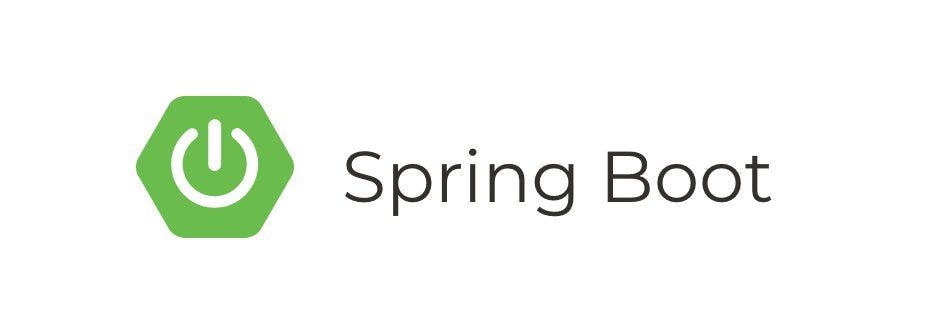This tutorial assumes that you have a basic understanding of Java and Spring Boot.
Step 1: Set Up a Spring Boot Project
You can use Spring Initializr to generate a basic Spring Boot project. Visit https://start.spring.io/ and select the following options:
- Project:
Maven Project - Language:
Java - Spring Boot: Choose a version
- Packaging:
JarorWar(depending on your preference) - Dependencies: Add
Spring WebandSpring Data JPA
Click on “Generate” to download the project zip file.
Step 2: Import Project into IDE
Unzip the downloaded file and import it into your favorite IDE. If you’re using IntelliJ IDEA or Eclipse, you can use the import option for Maven projects.
Step 3: Add Hibernate Dependencies
In the pom.xml file, make sure you have the necessary dependencies for Hibernate. Spring Data JPA already includes Hibernate, but you may want to add the Hibernate-specific dependency for more control.
<!-- Add this dependency if you want to use Hibernate-specific features -->
<dependency>
<groupId>org.hibernate</groupId>
<artifactId>hibernate-core</artifactId>
</dependency>Step 4: Create Entity Class
Create an entity class representing a table in your database. For example, let’s create a simple Book class.
Step 5: Create Repository Interface
Create a repository interface that extends JpaRepository. This interface will provide CRUD operations for your entity.
Step 6: Create Service
Create a service class to encapsulate the business logic. This class will interact with the repository.
Step 7: Create Controller
Create a controller to handle HTTP requests.
Step 8: Configure Database Connection
In the application.properties file, configure your database connection.
spring.datasource.url=jdbc:mysql://localhost:3306/your_database_name
spring.datasource.username=your_database_username
spring.datasource.password=your_database_password
spring.jpa.hibernate.ddl-auto=updateReplace the placeholder values with your actual database details.
Step 9: Run the Application
Run the Spring Boot application. It will create the necessary database tables and start the embedded web server.
That’s it! You’ve successfully created a Spring Boot application with Hibernate integration. You can now test your endpoints using a tool like Postman or any other REST client.





